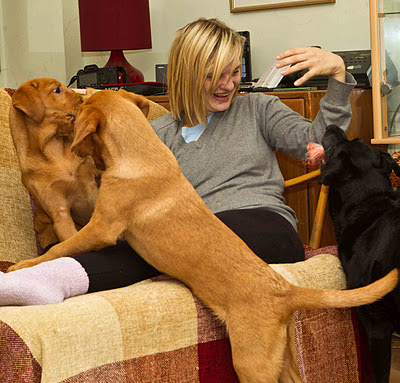
Graphic copyright Jinksy
Peter Penguin had been hatched with a disability. It was immediately discernible when he entered the water. All his friends and relations bobbed about on the surface or dived deep but Peter sank like a stone. His parents and aunts and uncles shook their heads.
‘Negative buoyancy,’ they muttered. ‘What can we do?’
They went to consult the Principal Penguin, a wise old bird, who nodded as they told him Peter’s problem. From beneath his throne he brought out a box. Unlocking it, he withdrew five flat striped articles. ‘These are water wings,’ he intoned solemnly.
Peter’s parents glanced warily at each other. ‘Peter has wings,’ they said. ‘We all have and we use them in water so are they not water wings? Peter’s water wings do not work properly.’
Principal Penguin regarded them gravely. ‘These are inflatable and will help Peter with his little problem.’ He proceeded to blow air into them and showed Peter how to wear them, one on each wing, one on each foot and one on his tail.
Peter Penguin felt very self-conscious as he waddled to the water’s edge but to his joy found that he was able to swim like the rest of the chicks. Diving was a little more difficult but as he practised he discovered that he could overcome his disability. Soon he was able to dispense with his swimming aids and everyone forgot he had ever had an impediment.
When he returned the water wings to Principal Penguin he looked shyly at him and said, ‘Thank you, sir.’
Principal Penguin smiled kindly at the young bird and patted him on the shoulder. ‘I had the same disorder as you when I was little.’
Peter Penguin gasped.
‘One day, you may be Principal Penguin like me. Principals are always chosen from those who have had to overcome adversity. Be happy, young man, and be kind.’
Peter Penguin pattered home with a smile on his bill and a song in his heart. Sure enough, many years later, he became Principal Penguin and was revered for his compassion and wisdom.
The End
Go here to ride more tandems




















































